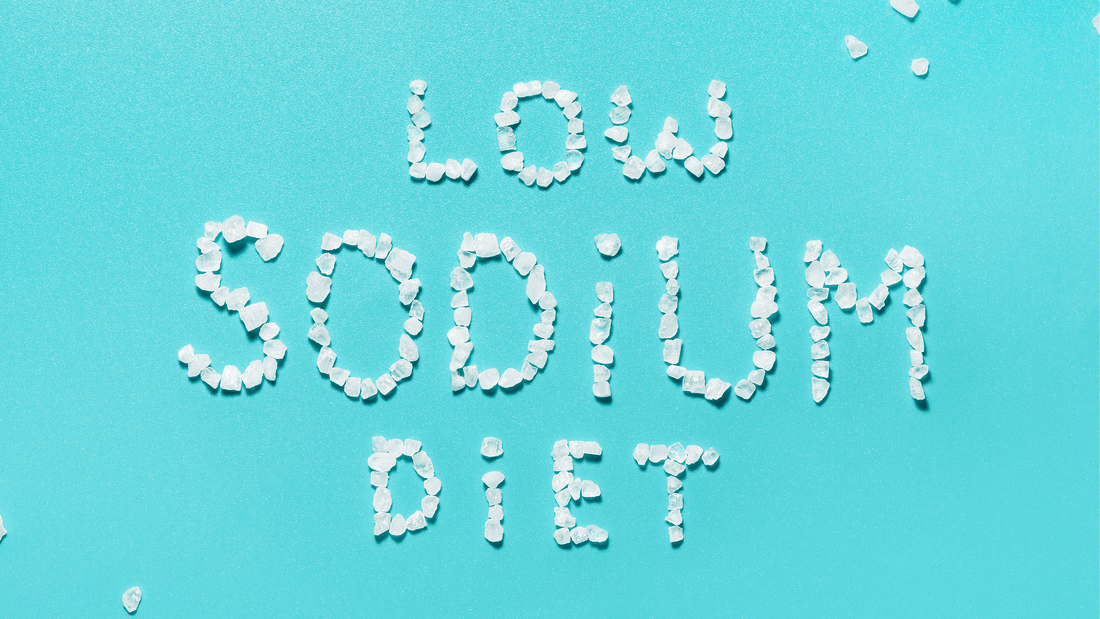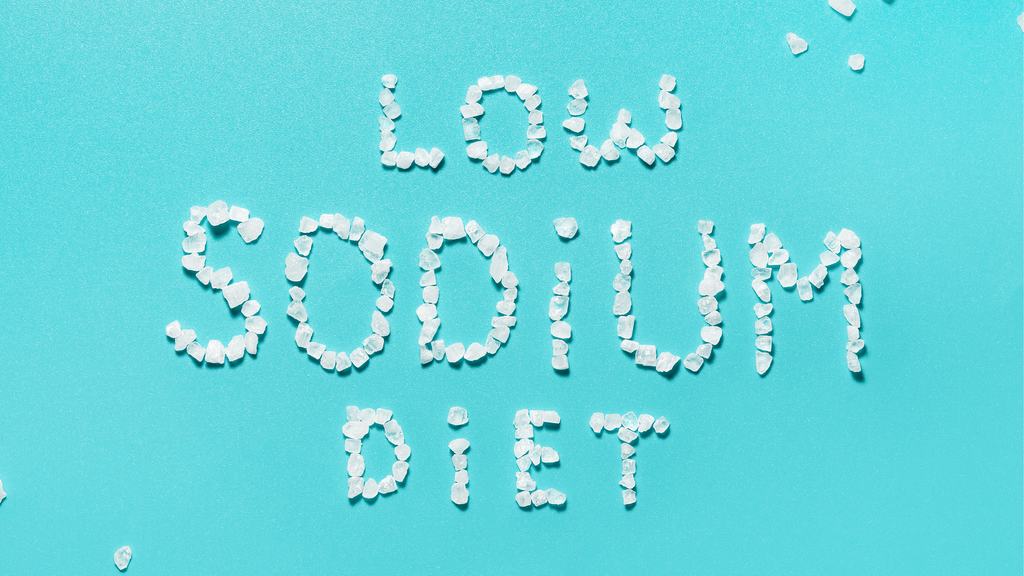
8 Simple tips to cut back on sodium
Naturally YoursShare

Our Indian diet contains hidden sources of sodium, with our average consumption (9-10 gm per day) being almost double that of the daily recommended allowance (about 5 gm per day).
We tend to add more salt to everyday items such as lentils, cottage cheese, parathas, and sabzis, to bring out the flavours inherent to these items.
With a few adjustments to our eating habits, we can reduce our risk to the critical health problems associated with excess salt.
Outdoor dining is also one of the biggest contributors of sodium in our diet, owing to the high-salt content of most comfort foods and restaurant meals.
With the festive season being around the corner, families and friends will be gorging on seasonal treats that are filled with unnecessary sodium.
While a few days of excess salt will not do significant harm, long-term excess sodium consumption can lead to problems such as high blood pressure, heart disease, hypertension, kidney disease, and liver cirrhosis.
Below are a few simple tips that can help you to cut back on your Sodium intake
1. Reading nutritional labels
Often, we may pick up the latest masala packet, frozen meal, or packaged item from the shop without reading the nutritional label. This could add unnecessary sodium to our diet, while increasing our risk of hypertension, high blood pressure, and kidney issues.
Opting for low-sodium and high-fibre healthy ready to eat items can help us enjoy their rich flavour without worrying about excess salt.
2. Using salt alternatives in Indian meals
While many Indian meals are made with a mix of herbs and spices, we often add too much salt in our preparations.
It is important to focus on healthy salt alternatives, such as ground pepper, chili, cumin, turmeric, pink salt, garlic powder, mint, basil, etc.
These multifaceted seasonings can add a pinch of flavour and help lower our blood pressure at the same time.
3. Eating healthy noodles
A single packet of ready to eat noodles can have between 700 – 900 mg of sodium, contributing close to 37-40% of our daily sodium needs without providing much nutritional value.
By switching to healthy wholegrain buckwheat, or quinoa noodles, we can enhance our fibre, protein, and carbohydrate intake without feeling bloating or drowsiness due to excess salt consumption.
4. Eliminating high-salt peanuts and chana
Peanuts, like many savoury Indian snacks, are extremely high in salt and can be easily replaced with low-sodium alternatives.
The main reason behind why they are determinantal is that we do not realize how much we end up consuming in a single sitting.
The scenario is the same as when we consume dry chanas, samosas, dals, chakhnas, papads, roasted cashews, etc. giving us heart problems, digestive issues, and a feeling of bloating throughout the day.
5. Selecting high-nutrition chips
While we may enjoy the occasional bag of chips with our tea or coffee, we can easily switch to healthy and high-nutrition snacks instead.
Potato chips, pretzels, and even ready to drink soups can contain significant levels of sodium, without you even realizing it.
Kale chips, edamame chips, and banana chips are tasty alternatives that are prepared without using much salt.
6. Preparing homemade guilty-pleasure meals
Homemakers can make some of the most popular guilty meals right in their kitchens, while ensuring high flavour and low salt.
French fries, pizzas, burgers, and wedges can be made by following online recipes, thereby reducing the risk of excessive sodium to our families.
The best part about making them at home is that we can prepare them to match the exact preferences of our family members without compromising on taste.
7. Asking for salt-free popcorn
Popcorn is a common source of unnecessary salt in our diet, as it is prepared with large amounts of commercial salt and heated to preserve flavour.
When going outside or hosting a games night for your family, cut back on popcorn and replace it with makhana with light pink salt.
Rock salt or pink salt is also known for regulating appetite, as well as adding a natural flavouring to any meal.
8. Shifting to homemade condiments
A hidden source of sodium in our diet is the salt present in sauces, purees, gravies, and condiments. A single serving of ketchup can increase our sodium intake by close to 100 – 200 mg, which can quickly rise in quantity each time.
Purees, used extensively in Indian cooking, can also significantly increase our sodium intake while being a chief contributor to our daily sugar consumption as well.
You can easily make your own purees and condiments at home by blending fresh tomatoes and heating them over a simmer.
In conclusion
It is important to increase our awareness of the sodium content in Indian foods, which is why reading the label and understanding the role of salt is essential.
Homemakers, caregivers, kitchen decision makers, and chefs can start leveraging low-sodium alternatives and focus on other seasoning options such as pepper, cumin, turmeric, rock salt, chives, etc.
Opting for low-salt options in restaurants, parties, marriage functions, poojas, and dining halls can also help regulate sodium levels long-term.
Further Reading
Salt Intake Of Indians Is Almost Double The Recommended Levels: 5 Foods to Manage BP
Sodium: How to tame your salt habit
----------------------------------------------------------------------------------------------------------
ABOUT THE AUTHOR

Sanchit is an MBA based out of Mumbai. He is an avid outdoor enthusiast who loves to write about nutrition and lifestyle.
